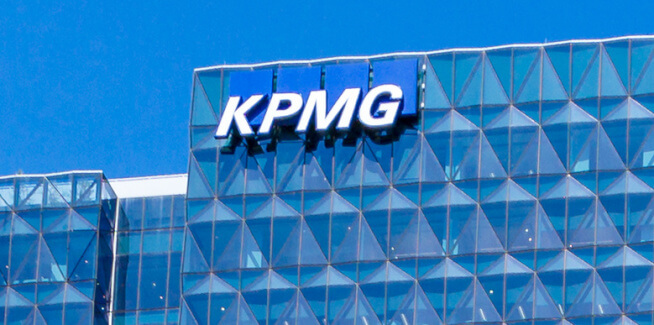In its analysis of the full-year results of Australians major banks, KPMG stated: “There is a risk that high household leverage levels, higher lending rates, tightening credit conditions, the maturity of interest-only mortgages and continued high consumer confidence will drive an uptick in delinquencies and impairments.
“It should be noted that this risk is uncertain in terms of its timing and impact.”
This potential rise in delinquency rates follows on from the current trajectory, which has seen a steady increase in the level of overdue accounts over the past four years.
The report revealed that, overall, 90 days past due date delinquencies across major Australian banks are up by 4 basis points from 2017. This has resulted in some credit deterioration in areas of Western Australia, South Australia and New South Wales.
It is believed that the increasing number of accounts in arrears is driven by factors including low wage growth and rising essential costs.
KPMG’s predicted outlook comes as Moody’s Investor Service’s latest RMBS Australia report, released in October, found that suburbs 30 to 40 kilometres out of capital cities recorded the highest rates of mortgages 30 days in arrears.
Such suburbs averaged 1.9 per cent of the share, 0.8 of a percentage point more than locations 5 kilometres from CBDs.
The ratings agency suggested that weaker socioeconomic conditions in these outer suburbs in comparison with inner-city areas may contribute to this figure.
Further, Standard & Poor’s (S&P) recently reported a fall in delinquencies over 30 days, which underlie Australia’s residential mortgage-backed securities (RMBS), from 1.38 per cent in July to 1.36 per cent in August.
However, S&P has noted that arrears are “noticeably higher” than the five-year August average of 1.13 per cent.
The ratings agency reported an “ongoing increase” in home loans that are more than 90 days in arrears, which rose to 0.74 of a percentage point in August, which S&P said made up around 54 per cent of total delinquencies, up from 42 per cent five years ago.
According to S&P, regional banks reported the highest percentage of loans more than 90 days in arrears in August, at 1.33 per cent, followed by the major banks, at 0.99 of a percentage point.
The ratings agency attributed some of the increase to “geographic influences”, which it said is most evident in the regional bank portfolios, noting that such lenders have a higher exposure to the resource states of Queensland and Western Australia, where borrowers have been affected by drought and the post-mining boom market decline.
S&P also partly attributed the rise in arrears over 90 days to “repayments shocks” experienced by interest-only borrowers switching to principal and interest, and “general mortgage stress”.
The ratings agency added that the rise in arrears is “likely to continue” off the back of out-of-cycle interest rate hikes and falling home values.
S&P stated that borrowers with higher loan-to-value ratios (LVRs) are more likely to be affected by softening property prices, because they typically do not have time to build up equity or accumulate mortgage buffers.
“This could tip some borrowers into a negative equity position, which would significantly impede their refinancing prospects in the current lending environment,” the ratings agency continued.
“Across all RMBS loan portfolios, we expect borrowers with [LVR] ratios of 80 per cent and higher to be most at risk.
“Continued jobs growth and stable employment conditions are fundamental in enabling the majority of borrowers in Australian RMBS portfolios to meet their mortgage repayments.”
[Related: Higher debt and higher rates to trigger arrears rise: Moody’s]
